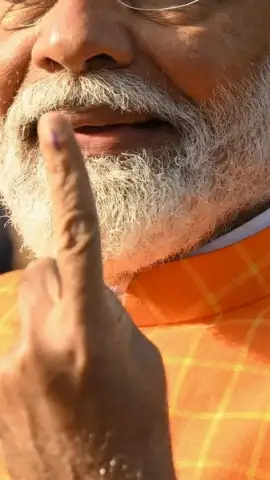
Who Will Succeed Modi? The Million-Dollar Question
As India stands at a crucial political crossroads, a question increasingly on the minds of political analysts, party insiders, and citizens alike is: Who will succeed Narendra Modi? After a decade of transformational—and often polarizing—leadership, Modi’s eventual exit from the political stage, whether by choice or circumstance, will mark the end of an era. But what comes next is anything but certain.
A Legacy Difficult to Follow
Narendra Modi is not just the Prime Minister of India; he is arguably the most influential political figure the country has seen in decades. His rise from a tea-seller in Gujarat to the nation’s highest office is legendary. Modi’s unique blend of nationalism, charisma, and control over both party and narrative has made him a political behemoth. He has redefined the BJP’s identity, turning it into a powerful electoral machine that dominates both at the center and across many states.
But herein lies the problem. His towering presence has also meant that the BJP lacks a clear and equally magnetic second-in-command. This makes the question of succession not just a party matter, but a national one.
Potential Successors Within the BJP
Several names are floated regularly, though none command Modi’s nationwide appeal—at least not yet.
Amit Shah, the current Home Minister, is perhaps the most obvious contender. Shah has been Modi’s closest confidant and strategist, often credited with expanding the BJP’s footprint across India. However, Shah lacks Modi’s mass appeal and oratorical flair, often seen more as a backroom manager than a people’s leader.
Yogi Adityanath, the firebrand Chief Minister of Uttar Pradesh, has built a strong image as a hardliner and a “no-nonsense” administrator. He appeals to the BJP’s core Hindutva base, but his polarizing image could be a double-edged sword on the national stage.
Nitin Gadkari, the Minister for Road Transport and Highways, is widely respected for his administrative skills and clean image. He has supporters within the BJP and outside of it, often viewed as a more moderate face of the party. But he has a complex relationship with the Modi-Shah duo and is considered more of a technocrat than a mass leader.
Then there are younger leaders like Devendra Fadnavis, Dharmendra Pradhan, and Smriti Irani, who have shown promise but may lack the experience or political capital to immediately fill Modi’s shoes.
Will the BJP Look Beyond Itself?
There’s always a possibility, albeit slim, that a post-Modi BJP might forge new alliances or elevate an unexpected face to broaden its appeal. The party has a history of choosing consensus candidates when needed, as seen with Vajpayee in the past.
However, the current political environment—marked by aggressive nationalism, a focus on majoritarian identity, and a strong central authority—suggests that the party may continue to prioritize leaders who fit that mold.
Opposition’s Role in the Equation
Modi’s departure will not only trigger changes within the BJP but also re-energize the opposition. The Indian National Congress, led by Rahul Gandhi, has struggled to mount an effective challenge, but regional satraps like Mamata Banerjee, Arvind Kejriwal, and K. Chandrashekar Rao could play key roles in a post-Modi landscape.
The 2024 general election may not be Modi’s last, but the BJP and the country must begin to think beyond his era. Leadership vacuums have a way of destabilizing even the strongest political parties, and the BJP will need a clear roadmap to ensure continuity, coherence, and credibility.
The X-Factor: Modi Himself
It’s important to note that Narendra Modi is acutely aware of his legacy. He may very well play a decisive role in choosing his successor, grooming a leader behind the scenes in typical Modi fashion. If and when he does decide to step down, it’s likely to be on his terms and with a transition plan in place.
Until that day comes, though, every political development—cabinet reshuffles, state elections, or rising stars within the BJP—will be scrutinized through the lens of succession.
Conclusion
The question of who will succeed Narendra Modi is indeed a million-dollar one. It’s not just about leadership within a party but about the future ideological and political trajectory of the world’s largest democracy. Whether the BJP finds another towering figure, or whether Indian politics reverts to a more coalition-driven, multi-party norm, remains to be seen. One thing is clear: Modi’s shadow will loom large over Indian politics for years to come—even after he’s no longer at the helm.







